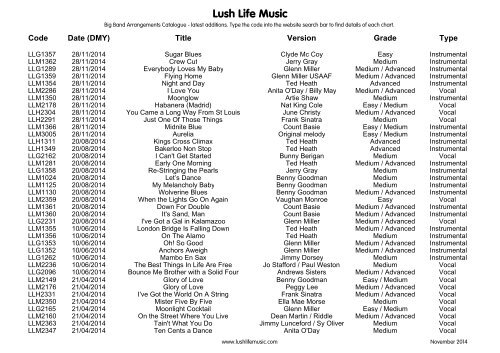
The result is a sizeable body of work that will endure for centuries to come.


What he did was to gather some of the genre’s best players in the studio and allow them to curl their artistry around the Hammond’s warm personality in a congenial environment. I’m sure the B3 had its haters because it tended to flood any given room with its massive aura, thus drowning out the more delicate tools of the trade in the process, but Smith wasn’t going to let the organ’s inherent obesity keep it out of the mainstream. Jimmy was one of the very first to realize the Hammond’s vast potential and he successfully demonstrated to all that it belonged in the jazz realm just as much as the saxophone and the guitar. Smith, it can penetrate the walls of my very soul like few others can. In my book it’s one of the most expression-conducive of musical instruments ever invented and there’s just something about how, in the hands of a professional like Mr. Okay, so it’s sorely lacking in scope and/or intellectual integrity but that’s how I feel about what Jimmy Smith and his talented cohorts did on his 1961 release, “Midnight Special.” It is irrefutably “cool.” Of course, being a devotee of the charms associated with the magnificent Hammond B3 organ may play a big part in my assessment but that can’t be helped. Cool = A coveted state of timeless existence that nothing disreputable or negative can find a way into and where perfection is possible to achieve. So I’ll humbly offer my own and hope it enhances the general English-speaking vernacular.

Out of curiosity I looked up the definition of the word “cool” (as it pertains to art, that is) and soon realized that there is no description of that adjective that completely satisfies me in the modern dictionaries I consulted.


 0 kommentar(er)
0 kommentar(er)
